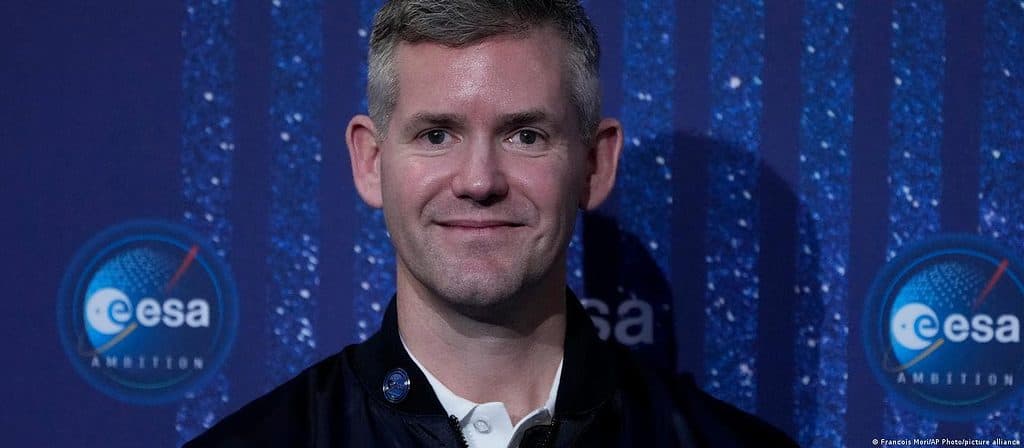The European Space Agency (ESA) named the first ever “parastronaut,” a move hailed as a big step towards enabling people with disabilities to work and live in space. ESA selected former British Paralympic athlete John McFall as part of a new group of recruits chosen for astronaut training. McFall will take part in a feasibility study as part of that training.

“It’s been quite a whirlwind experience, given that as an amputee, I’d never thought that being an astronaut was a possibility, so excitement was a huge emotion,” McFall said in an interview posted on ESA’s website. He said he hadn’t previously thought of becoming an astronaut but felt compelled to apply after seeing the opportunity.
ESA posted a call last year, seeking people fully capable of passing cognitive, psychological, and other tests who are only prevented from becoming astronauts due to their disability. It received over 250 applications for the role of an astronaut with a disability, a parallel role that the space agency has described as “parastronaut”.
McFall suffered a motorcycle accident at the age of 19 that led to his right leg being amputated. He became a doctor and has worked since then as a trauma and orthopedic specialist in England. He competed for Great Britain and Northern Ireland at the Paralympic Games in 2008 in Beijing as a sprinter and won the 100-meter Bronze Medal.
While his recruitment is a first, McFall still has a long way to go before actually traveling to space. He was selected to evaluate the conditions needed for people with disabilities to participate in future missions, the space agency explained. “Science is for everyone and space travel hopefully can be for everyone” after his work, McFall said.
UK science minister George Freeman hailed the selection.
“Space is indeed the new frontier. It’s where humanity comes together, and it’s where we destroying the barriers that are holding back this planet,” he said in a statement. Disability equality charity Scope also said his selection will help break down barriers on disabled people, and the move was widely regarded as a positive one.
The other selected astronauts
ESA also selected five career astronauts from over 22,000 applicants. More women than ever applied to participate in the program. From the applicants, ESA chose two women: UK’s Rosemary Coogan, who has an astronomy doctorate, and France’s Sophie Adenot, a helicopter test pilot with over 3,000 hours of flying experience.
The other three selected astronauts were Raphael Liegeois (Belgium), Marco Sieber (Switzerland), and Pablo Álvarez Fernández (Spain). This was ESA’s first recruitment drive in over a decade, aiming to bring diversity into space travel. During the last call for ESA astronauts in 2008, over 8,400 people had finished their online application.
“This is an extraordinary time for human spaceflight and for Europe. After the successful launch of Artemis I with ESA’s European Service Module powering Orion to the Moon, we are on the forefront of human space exploration. We are delighted to have this group of extremely talented people,” ESA’s director of Human and Robotic Exploration, David Parker, said in a statement.
European ministers agreed last week that the space agency would receive a total of €16.9 billion ($17.5 billion) from its 22 member states. The budget covers programs to explore the Moon and Mars and participation in the International Space Station (ISS) until 2030. The priority research areas are climate change, rapid response to crises and secure communications.


